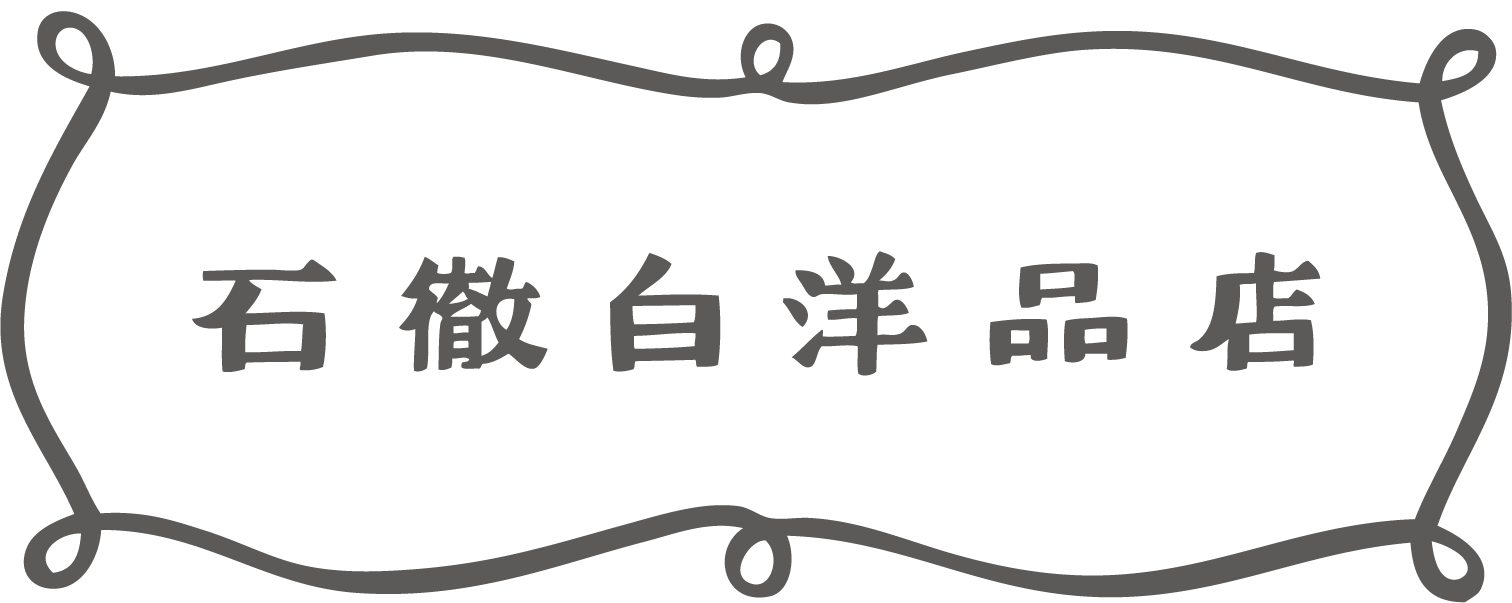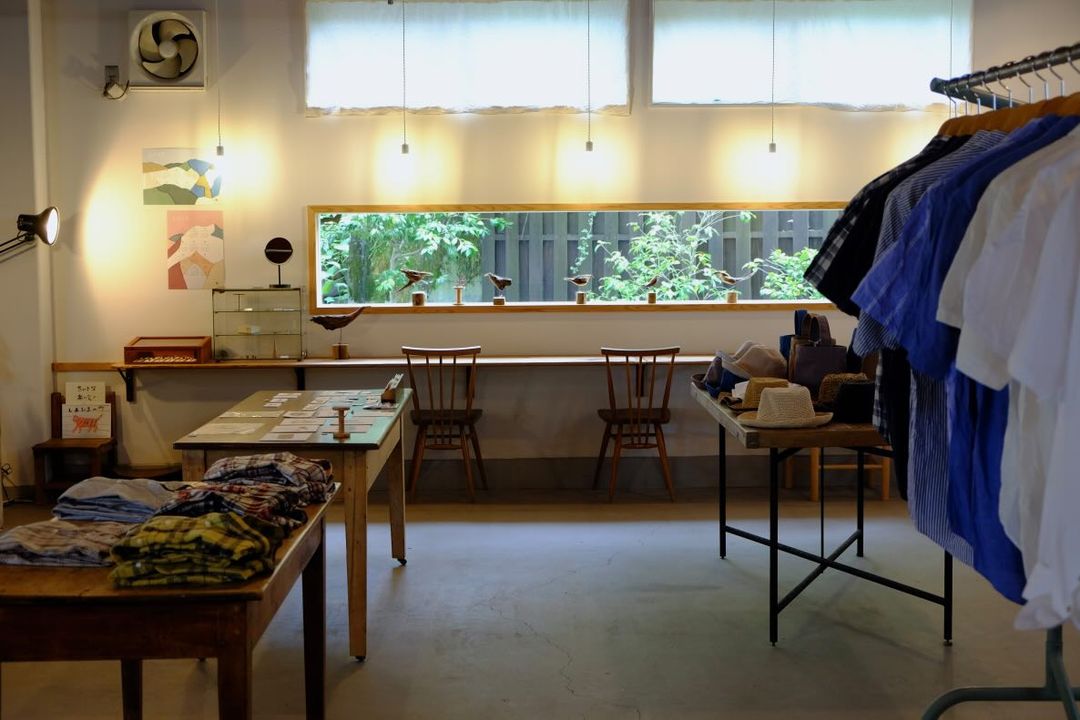[Press Release] Indigo dyeing season has arrived again at Itoshiro Clothing Store, located in a village at the foot of Mt. Hakusan with a population of about 200. We are currently accepting reservations for our traditional tours.
Itoshiro Clothing Store (Gujo City, Gifu Prefecture), which redesigns straight-cut clothing that has been made by Japanese people since ancient times to suit modern lifestyles, has begun indigo dyeing this season.

At Itoshiro Clothing Store, we want to create products that can only be made in this area. For indigo dyeing and plant dyeing, we value using plants that grow in this area. Indigo dyeing starts from tilling the soil and sowing the seeds. Plant dyeing starts from going to the fields and mountains to pick the plants.
It is a very enriching feeling to create things while feeling the change of the seasons and being grateful for the blessings of nature. With these feelings in mind, we dye each piece of cloth and clothing by hand, carefully and with great care.
Currently, the Itoshiro Clothing Store accepts tours of the indigo dyeing process. Please let us know the date and time you would like to visit in advance. (*Please be sure to contact us in advance as the tour may be cancelled in the event of bad weather.)

[About indigo dyeing at Itoshiro Clothing Store]
It's been seven years since we started indigo dyeing here in Itoshiro. We use a method called "lye fermentation" to make indigo using only natural materials. We dye 1 kilogram of thread, cloth, or clothes in one jar. Since we dye for one day and then rest for one day, we only dye once every two days, so we can't dye a large amount, and it's very valuable.
To begin indigo dyeing, the process requires stirring every four hours to give the microorganisms oxygen until the blue colour appears, which is a job that requires physical and mental strength.

[Current status of indigo dyeing]
This year, it is unclear if this was due to climate change, but there have been particularly large temperature differences (a temperature of around 32°C is required for the dye to form, and when temperatures are lower, electric heating wires are used to heat the dye), and although preparations were made at the end of April, the blue dye did not appear for some time. Despite my experience, I was unable to get the indigo dye to form, so I consulted with my indigo master, Toshio Minato, an indigo dyeing craftsman with 30 years of experience who lives in Ono City, Fukui Prefecture, and he used a technique called "baiting out"*1, which finally allowed the blue dye to appear in mid-May. (= The indigo dye was formed.)
*1 What is "invitation"? It is a method of promoting microbial activity and fermentation by putting lively indigo liquid that has already started to dye into indigo liquid that has not yet risen. Indigo dyeing is not easy, and having a master with a lot of experience allows me to constantly learn more.

■Comment from Representative Kaori Hirano
Indigo begins with growing plants, and is truly an agricultural lifestyle. Dyeing natural materials is very difficult, but I feel proud of my work in indigo dyeing, which allows me to use the bounty of this land as color to help my daily life, and I continue to experiment every day.
Our hearts are drawn to the colors and textures that emerge from the earth and are influenced by various natural conditions. I feel even more that this is something that requires ingenuity, using one's head, and accumulating wisdom in line with the workings of nature.
■About Ishitoshiro Clothing Store
Itoshiro Clothing Store reproduces the traditional work clothes (tatsuke) that have been passed down since the Jomon period in the Itoshiro area, a small village in Okumino, Gifu Prefecture, and produces clothes with designs that suit modern lifestyles. They also collect local plants, dye them with natural materials and use indigo dyeing to create clothes. In recognition of their efforts to revitalize the region through manufacturing, they won the runner-up prize at the 12th Regional Revitalization Awards sponsored by Kyodo News and others.



